Process: You have 15 minutes to plan before you make your first official timed attempt. During your planning time, you may try as many boarding attempts as you would like. Between each attempt the seat number discs will be randomly re-set.
After your first official timed attempt you will then declare your challenging, competitive and yet doable best target time. You then have up to two more official attempts to meet or beat this target time. You will be given up to five minutes to plan before each of your next attempts, but during that time you will not be able to board the plane.
- You must wait at the check-in desk until, “The doors are open!" call, at which point the timer will begin. The timer will stop when the last passenger is seated in their place (standing on his/her matching numbered disc).
- After picking up a numbered disc you must board the plane. Once on board you may not deplane or swap seat assignments (numbered discs) with anyone.
- You may only board the plane through the entrance and once aboard you may only move the length of the plane along the aisle or over into a row of seats.
- In the seat rows, you may walk past an empty seat (numbered disc) but you may not pass in front of an occupied one. Anyone in a seat (on a numbered disc) between you and your seat must step into the aisle so you can move to your seat.
- When everyone is seated and time has stopped, the seating order will be checked. Five seconds will be added to your overall time for each person who is out of place.
| onboard_boardingrules.pdf |
Have FUN out there my friends.
Chris Cavert, Ed.D.


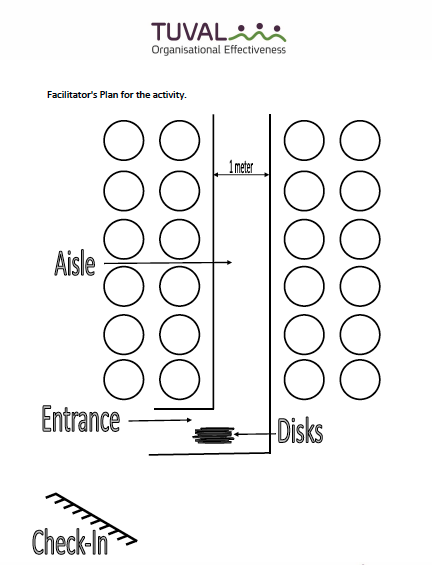

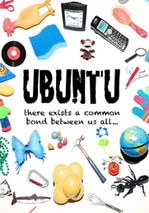
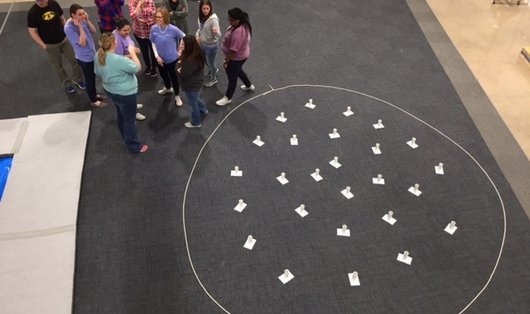
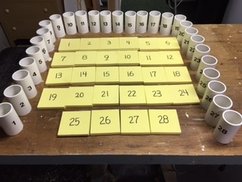
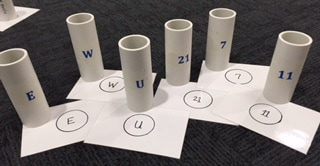
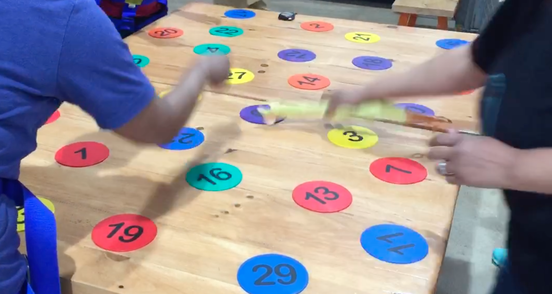
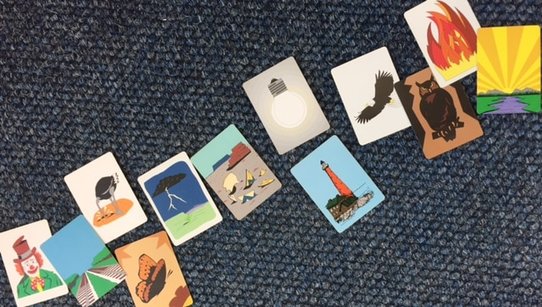





 RSS Feed
RSS Feed